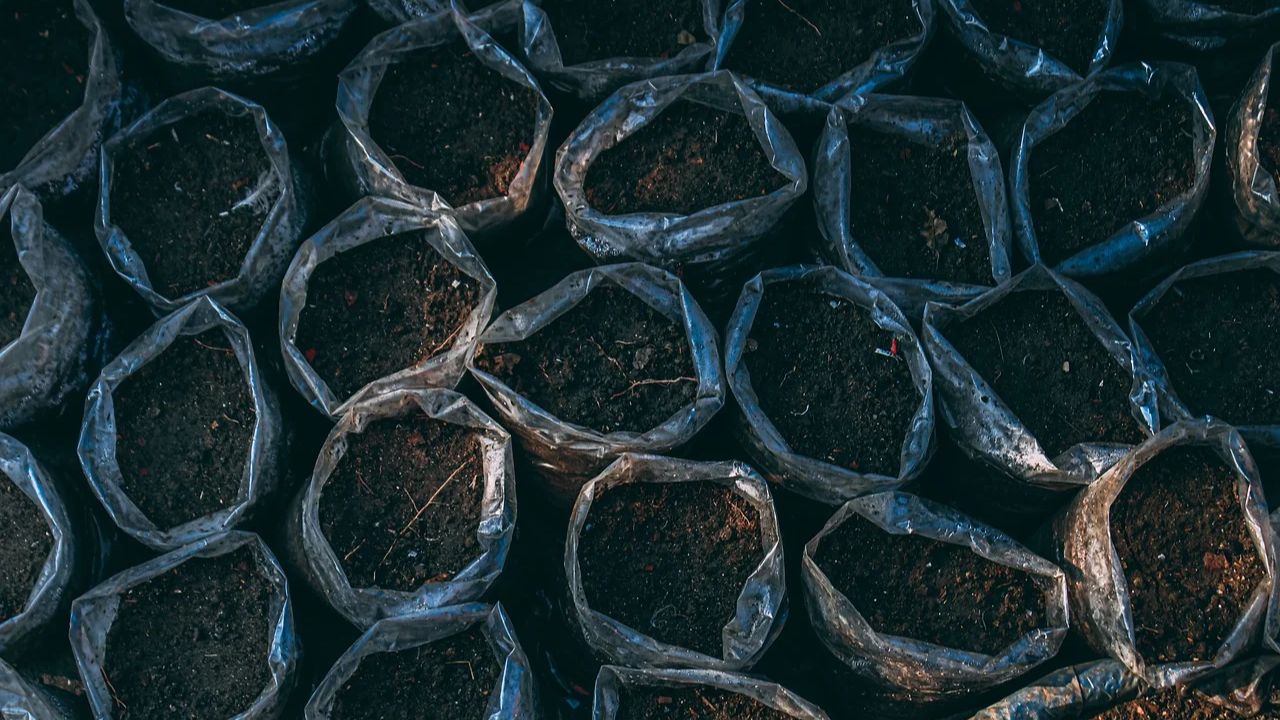Soil is the natural medium in which plants grow, forming the foundation for agriculture, forestry, and many ecosystems. The composition and characteristics of soil types vary significantly across regions, and these variations influence their suitability for different purposes, such as crop production, forestry, construction, and water management. Understanding the different soil types is important for optimal land use and management. India’s soil composition is remarkably varied, reflecting its complex geology, diverse climate zones, and varied topography. The data reveals that certain soil types dominate specific regions while others are more widely distributed nationwide.
Alluvial soils emerge as one of the most prevalent soil types, covering vast areas in states like Uttar Pradesh (23,089.58 thousand hectares), Jammu & Kashmir (11,869.8), Madhya Pradesh (11,867.72), Bihar (9,012.82), and Maharashtra (8,577.24). This prevalence of alluvial soils, particularly in the Indo-Gangetic plains, underscores the significant role of river systems in shaping India’s agricultural landscape. Black soils, often referred to as “black cotton soils” or “regur,” are another major soil type, particularly dominant in states like Maharashtra (15,423.78), Madhya Pradesh (15,203.57), Karnataka (6685.4) and Gujarat (5,308.68). These soils are known for their high clay content and water-retention capacity, making them crucial for cotton cultivation.
Red soils form another significant category, extensively found in states like Madhya Pradesh (16,601.3), Andhra Pradesh (9,930.1), Arunachal Pradesh (8004.5), Bihar (7113.7), Tamil Nadu (7,009) and Assam (6292.3). These soils, characteristic of peninsular India, are generally less fertile than alluvial soils but respond well to fertilizers. The data also highlights some unique regional soil distributions. For instance, laterite soils are prominently found in Andhra Pradesh (7003.4) and Karnataka (4,446.8), reflecting these region’s tropical climate and high rainfall. Desert soils, as expected, are predominantly found in Rajasthan (22,382), while mountain and sub-montane soils are significant in Himalayan states like Jammu & Kashmir and Himachal Pradesh.
Interestingly, some states show a more diverse soil profile than others. Maharashtra, for example, has significant areas of alluvial, black, and red soils, indicating a varied agricultural potential. In contrast, some northeastern states like Manipur, Meghalaya, and Mizoram are dominated by a single soil type, primarily red soils. Furthermore, there are several regions where unique soil types are observed, such as beach and mangrove soils in coastal areas and island territories, peat soils in a small area of Tripura, and salt waste in Rajasthan, reflecting local geological and climatic conditions. It’s worth noting that some states have large areas categorized under “Others” or “Miscellaneous,” suggesting the presence of complex soil patterns or types not easily classified into the main categories.
This rich diversity in soil types across India has profound implications for agriculture, land use planning, and environmental management. It underscores the need for region-specific agricultural practices and soil conservation strategies. Furthermore, this is pivotal for policymakers and agrarian scientists in developing targeted approaches to enhance soil fertility, combat soil degradation, and optimize crop selection based on soil characteristics.
References
- EnviStats India 2024: Environment Statistics | Ministry of Statistics and Program Implementation | Government of India. (n.d.). https://www.mospi.gov.in/publication/envistats-india-2024-environment-statistics
- Press Note on EnviStats India 2024: Environment Accounts. (n.d.). https://pib.gov.in/PressReleaseIframePage.aspx?PRID=2060296
About Author
Pankaj Chowdhury is a former Research Assistant at the International Economic Association. He holds a Master’s degree in Demography & Biostatistics from the International Institute for Population Sciences and a Bachelor’s degree in Statistics from Visva-Bharati University. His primary research interests focus on exploring new dimensions of in computational social science and digital demography.
Disclaimer: The views expressed in this article are those of the author and do not necessarily reflect the views of 360 Analytika.
Acknowledgement: The author extends his gratitude to the Ministry of Statistics and Programme Implementation (MoSPI) for providing data support.
This article is posted by Sahil Shekh, Editor-in-Chief at 360 Analytika.

